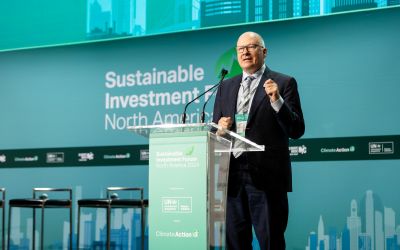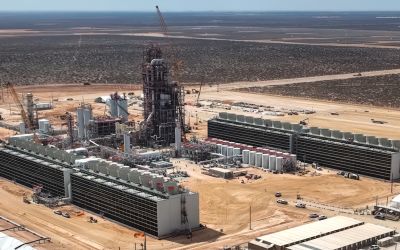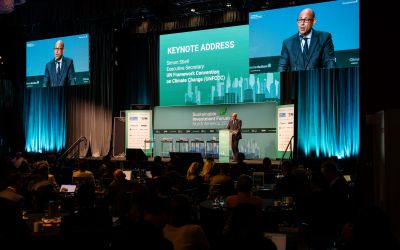From Risk to Resilience: North American Investment in Sustainable Finance
North American investors are turning climate risk into opportunity by driving resilient, sustainable, and inclusive growth in finance.
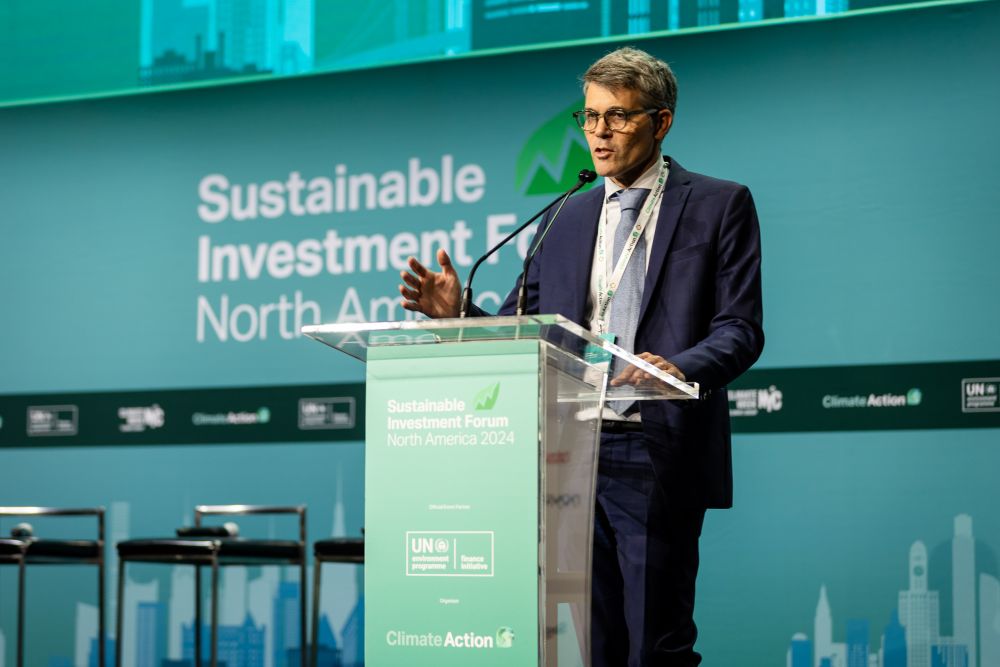
Sustainable investment in North America has moved from a niche focus to a central pillar for institutional and private investors. In 2025, the region’s financial landscape reflects a blend of political, regulatory, and market pressures. While terminology remains debated, the underlying imperatives—climate and environmental risk, resilience, and long-term value—are increasingly unavoidable for investors seeking robust, forward-looking portfolios.
Regulators are acting with measured intent. Disclosure requirements on climate and physical risks are advancing, and insurers and pension funds are incorporating scenario-based analyses into portfolio planning. Asset managers navigate the dual task of aligning strategies with domestic priorities while staying consistent with emerging international standards. Markets now price climate-related risks with increasing granularity—from infrastructure vulnerabilities to supply chain exposure—underscoring that sustainability is a financial, not purely ideological, consideration.
Adaptation finance is emerging as a key focus. Extreme weather events, from hurricanes to wildfires, highlight the need to integrate resilience into both public and private investments. Innovative instruments—resilience bonds, catastrophe-linked securities, and blended finance—are mobilising private capital alongside public funding. Policy initiatives at the federal level help de-risk participation, encouraging investment in resilient infrastructure, water systems, and climate-smart community projects.
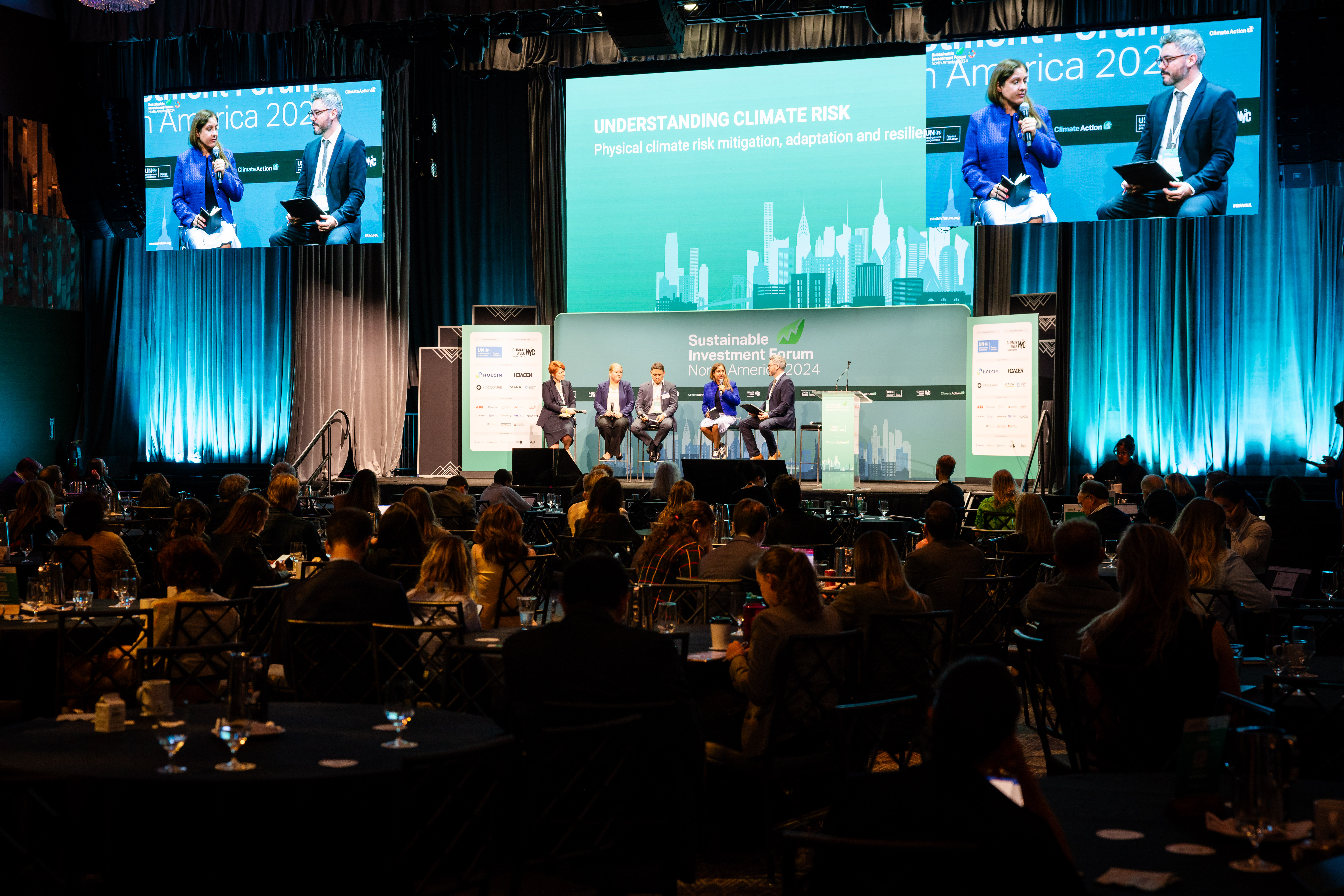
Global attention is turning to capital deployment for emerging markets ahead of COP30 in Brazil. Investors are exploring how private finance can support resilience projects and infrastructure while managing physical climate risks. These efforts emphasise practical, real-world outcomes—helping communities adapt, strengthening local economies, and safeguarding long-term returns.
The concept of a just and equitable transition is increasingly central. Beyond addressing environmental risk, investment strategies aim to deliver social and economic benefits—supporting workers and communities historically dependent on carbon-intensive industries, financing workforce retraining, and channelling capital to underserved regions. Development finance and philanthropic capital are used strategically to de-risk projects that provide both environmental and social outcomes, unlocking opportunities often overlooked by traditional markets.

Geopolitical tensions and economic volatility reinforce the importance of adaptable, resilient investment approaches. Trade uncertainties, regional instability, and energy market shifts underscore the need for strategies that protect value while supporting sustainable development.
North American investors are shaping a model for global sustainable finance: mobilising capital to address climate and physical risks, integrating resilience measures, and supporting equitable outcomes. By doing so, they contribute to markets that are stronger at home and influential internationally, demonstrating how finance can drive long-term stability, opportunity, and inclusive growth.

